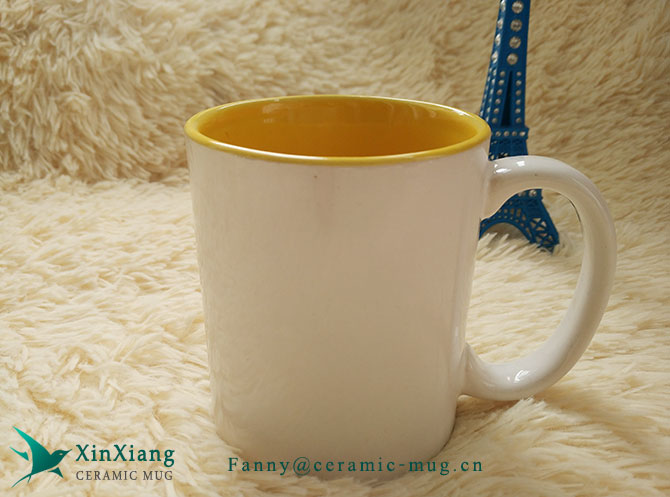From
Ceramic Mug Group,Porcelain clay is metamorphosed by mica and feldspar, in which sodium, potassium, calcium, iron, etc. are lost, combined with the change of water, which is called "Chinalization" or "KAOLINIZATION". Although there is no definite conclusion on the cause of the porcelain vitrification in the academic circles, it can be roughly considered that the feldspar was metamorphosed by the action of hot springs or water containing carbonic acid gas and the gas produced by the decaying plants in the marshland. This may be the reason why porcelain clay usually occurs near hot springs or lime beds. The melting point of porcelain clay is about 1780 degrees. In fact, the melting point of porcelain clay is slightly lower because it contains impure substances.

Pure porcelain clay (kaolin) stock is not much, and the so-called pure porcelain clay, is not as strong as clay viscosity. Generally speaking, if the porcelain clay is observed under a microscope, most of it has a white silk like luster and glittering silver. It is a very small crystal. This is the so-called pure porcelain clay. In addition, it also contains the fragments of unmodified feldspar, quartz, iron ore and other rocks as the source of porcelain clay.
The composition of pure porcelain clay is SiO2 46.51%, Al2O3 39.54%, H2O 13.95%, and the fusibility is 1780 degrees.
The most advanced of custom ceramic mugs is porcelain. Which rock is the best for porcelain? Because porcelain must be white. As a result, we have to try our best to avoid the iron content which can make the ceramic coloring. The rocks with less iron content but mainly composed of silica and alumina are granite, granite porphyry, quartz porphyry, quartz trachyte and the hydraulic rocks formed by the disintegration of these rocks.
The granite and even quartz trachyte mentioned here (that is to say, in igneous rocks, it also contains more silica and alumina, but less iron molecules). They are mainly quartz and feldspar, and contain some mica and black green or black brown minerals rich in iron (iron oxide). If you look at the rocks carefully, you can see many transparent grains like glass and bright white or reddish grains like porcelain. The former is quartz and the latter is feldspar. Although the chemical compositions of the four rocks are the same, different rocks are formed because of the different sizes of feldspar and quartz. The granite is composed of relatively large grains (1 ~ 7 mm in diameter). Quartz trachyte is a kind of small grains of quartz and feldspar in the compact plain where no particles can be seen. Granite porphyry and quartz porphyry are between the two. They contain large grains of quartz in a compact plain. The difference in the structure of these rocks is mainly due to the length of time from molten magma to cold setting, in which granite is the longest, quartz trachyte is the shortest, while granite porphyry and quartz porphyry are cold solidified in the time between the two. The main reason is that ceramic raw materials are not completely melted at high temperature like rocks, and the required cold setting time is shorter, which is the biggest difference between natural rocks and artificial rocks, namely ceramics. Sometimes things with the same composition as quartz trachyte flow to the ground in a molten state and then suddenly freeze, so as to form glass without quartz, feldspar and other particles visible to the naked eye like the above-mentioned rocks, but form all the same glass, namely obsidian and barite. It can be seen that the essence of rocks and china ceramic cups is the same, only the difference between natural and artificial.
In granite, there are many kinds of silica, such as semi granite and pegmatite granite. The grains of feldspar and quartz in the former are fine, while those in the latter are formed by extra large grains of feldspar and quartz. Some of them concentrate the same material in some parts and become pure quartz vein, or pure feldspar vein, and some are transformed into semi granite (in some places, the original semi granite is used as ceramic raw material).
Founded in 2003, ceramicmuggroup.com is a leading comprehensive third-party B2B e-commerce platform in China developed and operated by China
Ceramic Mug Manufacturers Co., Ltd. It is dedicated to serving the global trade field and providing high-quality Chinese
ceramic mug suppliers information for global buyers.